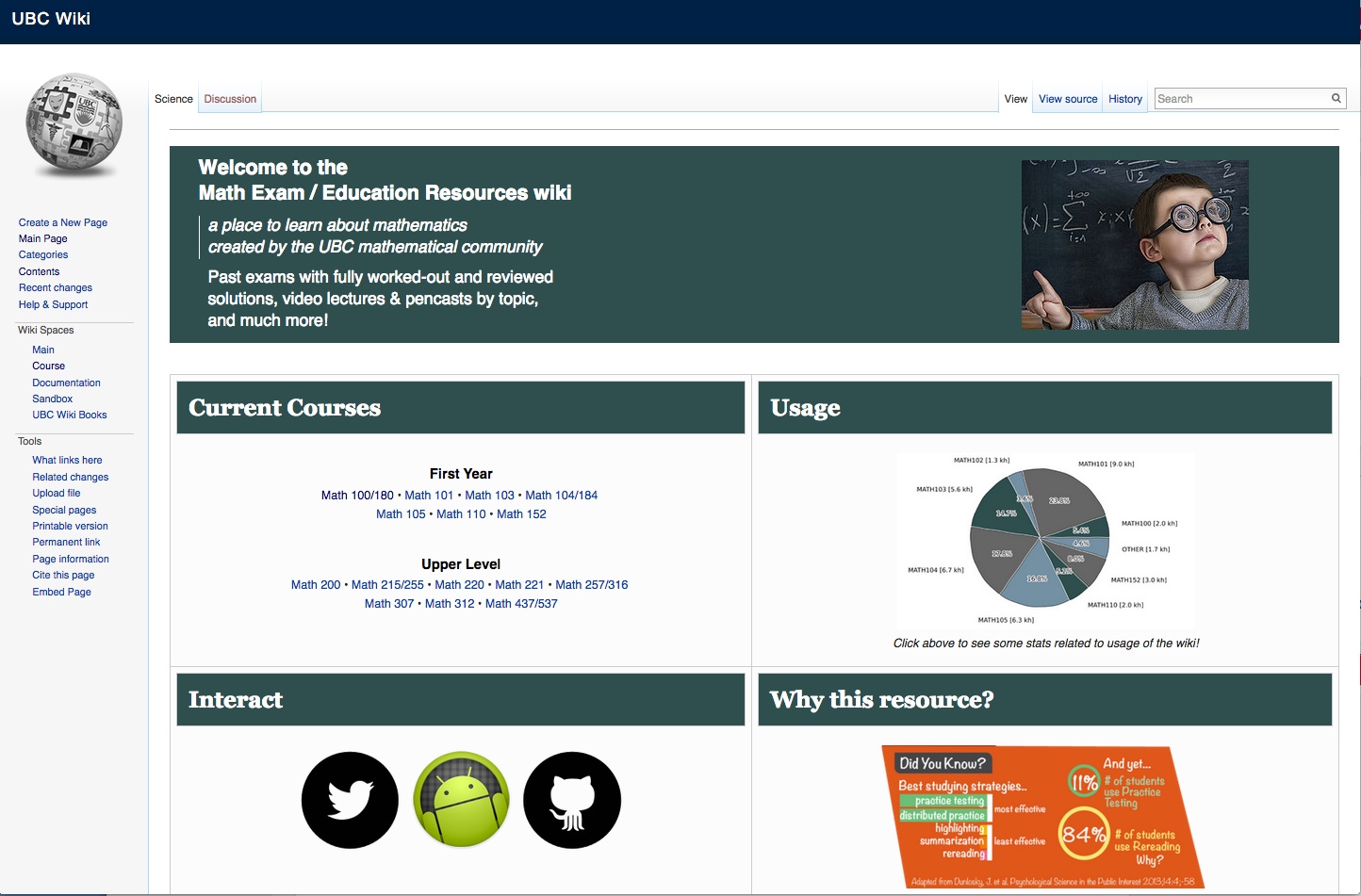Chapter 9: Choosing and using media in education: the SECTIONS model
9.8 Networking (and novelty)

![]()
9.8.1 Networking and novelty in course design
In earlier versions of the SECTIONS model, ‘N’ stood for novelty. This was to recognise the importance of teachers and instructors trying something new to improve on their practice, in this case to try a new technology and see how well it worked for them. Also the ‘hype’ surrounding new developments in technology often provides a supportive environment for innovative teaching. This is still an important issue; without experiment and trying new ways of teaching and new technologies for teaching, there will be no improvement in practice.
However, more recent developments in social media raise another, increasingly important, question that needs to be asked when selecting media:
how important is it to enable learners to network beyond a course, with others such as subject specialists, professionals in the field, and relevant people in the community? Can the course, or student learning, benefit from such external connections?
If the answer to this is an affirmative, then this will affect what media to use, and in particular will suggest the use of social media such as blogs, wikis, Facebook, LinkedIn, or Google Hangout.
Five different ways social media are influencing the application of networking in course design are described below.
9.8.2 Supplementing ‘standard’ learning technologies
Some instructors are combining social media for external networking with ‘standard’ institutional technologies such as a learning management system or video delivery. The LMS, which is password protected and available only to the instructor and other enrolled students, allows for ‘safe’ communication within the course. The use of social media allows for connections with the external world (contributions can still be screened by the course blog or wiki administrator by monitoring and approving contributions.)
For instance, a course on Middle Eastern politics could have an internal discussion forum focused on relating current events directly to the themes and issues that are the focus of the course, but students may manage their own, public wiki that encourages contributions from Middle East scholars and students, and indeed anyone from the general public. Comments may end up being moved into and out of the more closed class discussion forum as a result.
9.8.3 Exclusive use of social media for credit courses
Other instructors are moving altogether away from ‘standard’ institutional technology such as learning management systems and lecture capture into the use of social media for managing the whole course. For instance, UBC’s course ETEC 522 uses WordPress, YouTube videos and podcasts for instructor and student contributions to the course. Indeed the choice of social media on this course changes every year, depending on the focus of the course, and new developments in social media. Jon Beasley-Murray at the University of British Columbia built a whole course around students creating a high level (featured-article) Wikipedia entry on Latin American literature (Latin American literature WikiProject – see Beasley-Murray, 2008).
9.8.4 Student generated learning resources
This is a particularly interesting development where students themselves use social media to create resources to help other students. For instance, graduate math students at UBC have created the Math Exam/Education Resources wiki, which provides ‘past exams with fully worked-out and reviewed solutions, video lectures & pencasts by topic‘. Such sites are open to anyone needing help in their studying, not just UBC students. The project involves voluntary collaboration between graduate students for the benefit of undergraduate students.
9.8.5 Self-managed learning groups
cMOOCs are an obvious example of self-managed learning groups using social media such as webinars, blogs and wikis.
9.8.6 Instructor-led open educational resources
YouTube in particular is becoming increasingly popular for instructors to use their knowledge to create resources available to anyone. The best example is still the Khan Academy, but there are many other examples, such as MIT’s OpenCourseWare. xMOOCs are another example. This will be discussed more in Chapter 11.
Once again, the decision to ‘open up’ teaching is as much a philosophical or value decision as a technology decision, but the technology is now there to encourage and enable this philosophy.
9.8.7 Questions for consideration
- How important is it to enable learners to network beyond a course, with others such as subject specialists, professionals in the field, and relevant people in the community? Can the course, or student learning, benefit from such external connections?
- If this is important, what’s the best way to do this? Use social media exclusively? Integrate it with other standard course technology? Delegate responsibility for its design and/or administration to students or learners?
References
Beasley-Murray, J. (2008) Was introducing Wikipedia to the classroom an act of madness leading only to mayhem if not murder? Wikipedia, March 18
Activity 9.8 Networking (and novelty)
- How could you use social media in one of your courses to enable students in the course to connect to the outside world? How would it improve their learning? What would be the risks as well as the benefits?
For my feedback on this, click on the podcast below:
Audio Player

